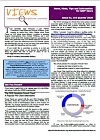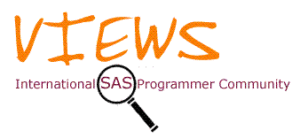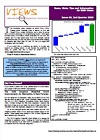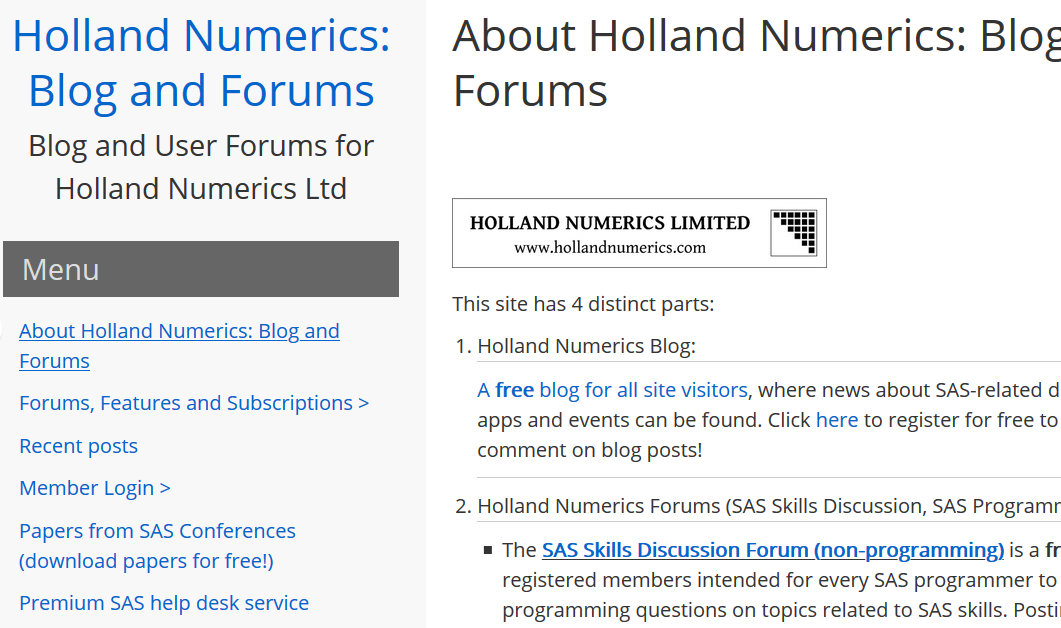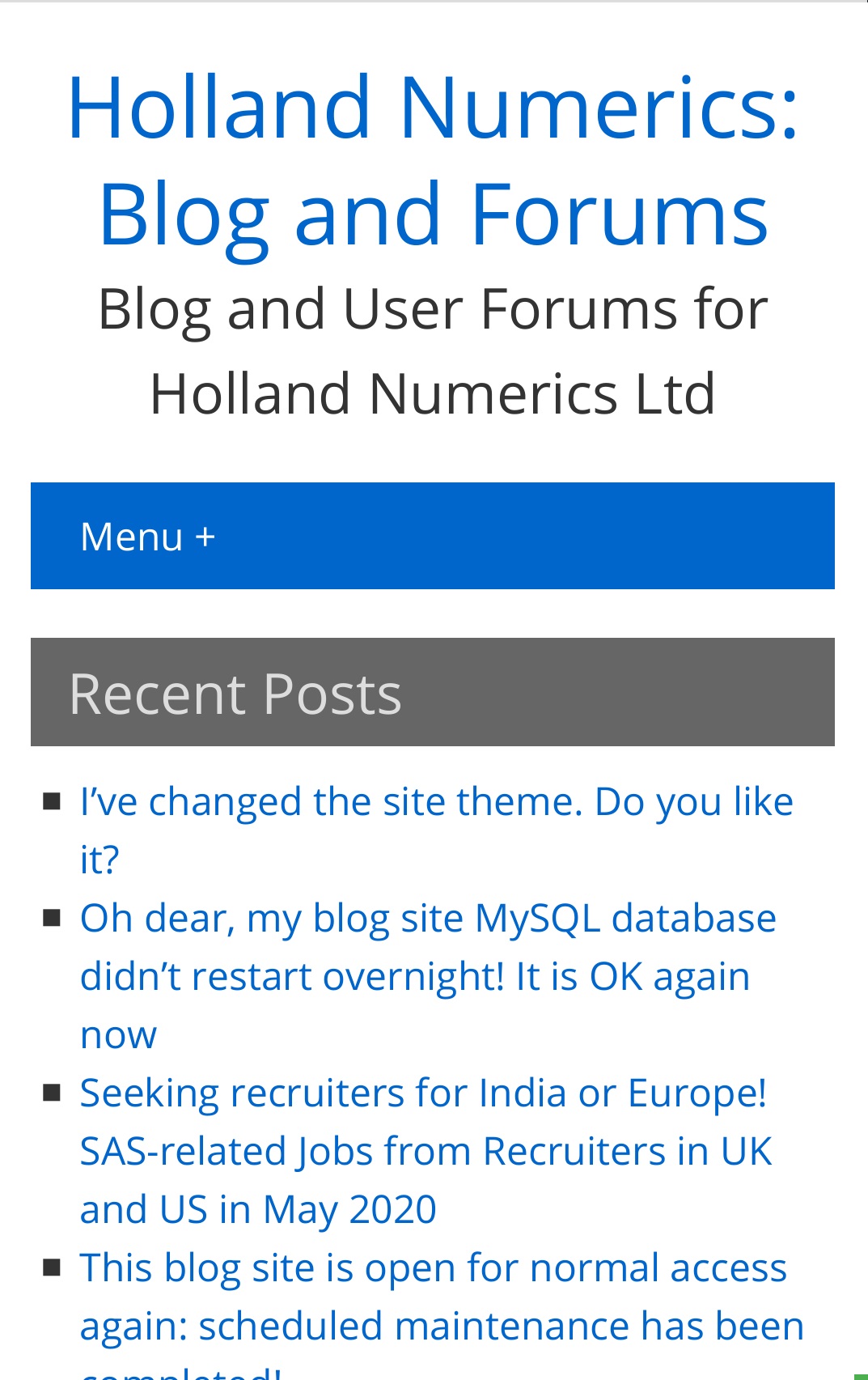![]()
VIEWS News issue 61 has now been published.
This newsletter issue welcomes 2 new VIEWS Consultants: Jonas Bilenas and Norman Williams. It also contains an article from LeRoy Bessler about Donut Charts, an ODS article from Jonas Bilenas, a solution to including program documentation from Norman Williams, and I have added a review of the SAS Analytics Explorers communities. As usual I have publicised some SAS‑related events for the next few months, and I have also added some more SAS formats, options and functions that you may or may not have come across before, but you might find interesting, and even useful.
If you would like to contribute an article on any SAS topic, or a SAS-related event date from December 2020 onward, to the next issue in November 2020 then please send an email with a description/attachment of your contribution to view-uk@hollandnumerics.org.uk or phil@hollandnumerics.org.uk.
To be able to read this and all previous issues you will need to follow these steps:
- If you have not already registered on this blog site, go to blog.hollandnumerics.org.uk and register for free membership.
- Once successfully registered, click the menu item [Subscriptions for Forums and Features] > [Request access to the VIEWS UK forum] to request free access to the VIEWS UK forum, then add your name and email address to the form before clicking [Send].
- On receipt of a request for an existing blog member I will register them for free access to the VIEWS UK forum, and then send them an email to confirm this.
- The next time they log onto the blog site they will see VIEWS UK in the forum list, where you will find the latest issue of VIEWS News, forum topics to find the backissues, functions and formats in every published issue, and a tag cloud covering every forum on the site to which you have access, including VIEWS UK and the VIEWS News issues.
- They will also be automatically informed of any VIEWS UK updates.
Enjoy!……………..Phil
